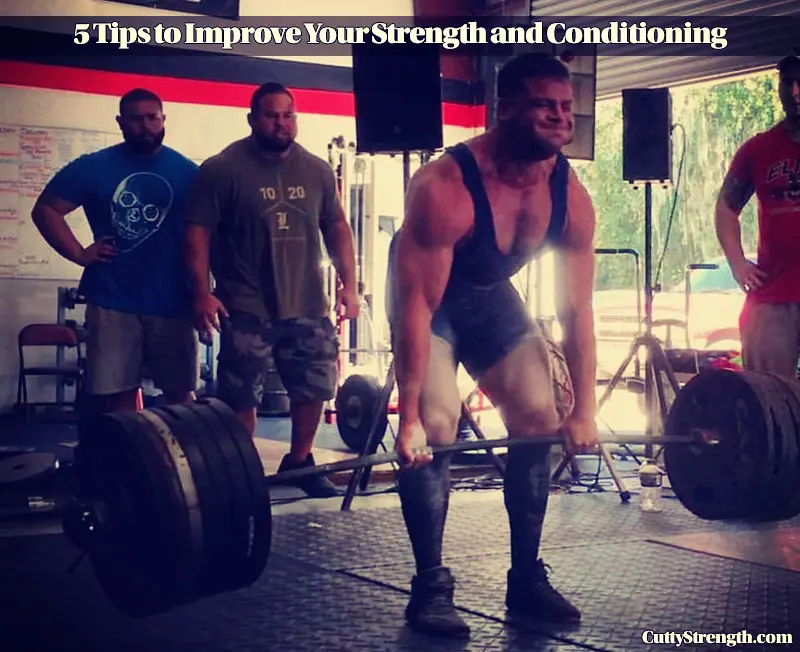
10 Best Squat Assistance Exercises
So you want to build a bigger barbell squat. First of all, congrats on performing one of the most hated exercises… even though it is rightfully referred to as the “king of all exercises.” The squat absolutely crushes your posterior chain, quads, upper back, and core.
Your posterior chain consists of your calves, glutes, hamstrings, lats, and spinal erectors. Squats are a great exercise to build muscle mass due to your body’s hormonal response to heavy barbell squats. You can check out the full PubMed report here.
Table of Contents

In a nutshell, training volume and total training load are key factors for this increase in hormones. Your body will secrete more testosterone, growth hormone, and insulin-like growth factor. All are important to build as much muscle as possible.
One downside to squats are that they are rather technical and intimidating.
Has your squat progress stalled? Missing lifts or simply not happy with your progress?
You may need to incorporate some of these squat assistance exercises into your routine.
10 Best Assistance Exercises To Dominate Your Barbell Back Squat
- Glute-Ham Raise
- Paused Squats
- Box Jumps
- Barbell Hip Thrusts
- Leg Extensions
- Good Mornings
- Split Squats
- Leg Press
- Front Squat
- Deadlifts
I invite you to check out my article on building a bigger squat — it will give you some form cues and tips to help you perform the exercise easier.
1.) Glute-Ham Raise
Starting off, we have the glute-ham raise.
A very popular posterior chain exercise is the glute ham raise. They strengthen your hamstrings at both the knee and hip joint because it trains hip extension and knee flexion at the same time.



Your hips, hamstrings, and glutes play a huge role in producing the hip extension force required to perform a squat. Pounding on your glutes and hamstrings with this exercise can improve your squat performance.
The great thing about a glute-ham raise is you can train your posterior chain with relatively minimal stress on your lower back. This exercise may be great for those who have back issues, or for those who squat and deadlift regularly.
The main downsides to performing glute-ham raises are that it takes a special piece of equipment, and they are hard. I don’t see a bunch of box gyms that keep one of these puppies on the floor.
2.) Paused Squats
Another effective squat assistance exercise is paused squats.



Paused squats are great because they force your body to come to a full stop at the lowest part of your squat for one to three seconds each rep.
The bottom of your squat — or the hole — is the weakest point in your lift. This is the part of the lift where you can quite literally fold under the pressure. Spending more time in this position will increase your confidence in your squat and strengthen your weakest links — which ultimately improves squat strength.
The idea of a paused squat isn’t just to sit in the squat position. You need to remain tight, actively fire your core, and learn proper squat form.
Start with using around 75% of your one-rep max. These should be challenging, but not impossible.
Lastly, you will have more time under tension, which is an important factor for building muscle.
3.) Box Jumps
Now, while box jumps may not seem like an obvious choice, they can play a key role in improving squat performance.
When we squat regularly, we are training with heavy loads to improve our overall maximal strength capacity. What we don’t train is our ability to produce force rapidly.
While box jumps do not improve our maximal force production, they do improve our muscle power (the ability to produce force rapidly).
Improving how much power you can produce will increase the speed at which you are coming up from the bottom of your squat. This is a sticking point for many, so performing explosive powerful movements increases our ability to produce that force.
This all will lead to a heavier squat.
4.) Barbell Hip Thrusts
Luckily, social media has created a mockery of this squat assistance exercise because people put massive amounts of weight on the bar, perform the exercise, and think they are the world’s strongest man.
Barbell hip thrusts are great because they build posterior chain strength, improve your glute activation, and can help build some lower body lean mass. The most important thing is that they can massively improve your squat strength.
Hip thrusts really train your glutes. For many of us, we sit for extended periods at a time which creates a situation where our glutes are weaker and often inactive. It’s why people who work in offices have the flattest butt you’ve ever seen.
Your glutes are some of your primary movers that produce hip extension which is what you need coming out of the hole of a squat. If you can increase glute strength, we increase our squat and deadlifts.
Barbell hip thrusts also will place an isometric demand on your quads. Your quads are another primary muscle that squats train. You’ll see more exercises for your quads a little later.
Stick to medium weight with volume. Train in the 12 to 15 rep range and focus on maintaining perfect form. Strong glutes will help keep your knees from caving in when coming out of the hole.
5.) Leg Extensions
Leg extensions are a great exercise, even if it catches a bad rap among strength athletes. Something about this exercise not being “functional.” Whatever that means.
Our quads play a huge role in our squat strength, so this isolation exercise will train your quads, build some mass, and give you a better chance at breaking your squat personal record. The more muscle mass you have, the greater your potential to produce force becomes.
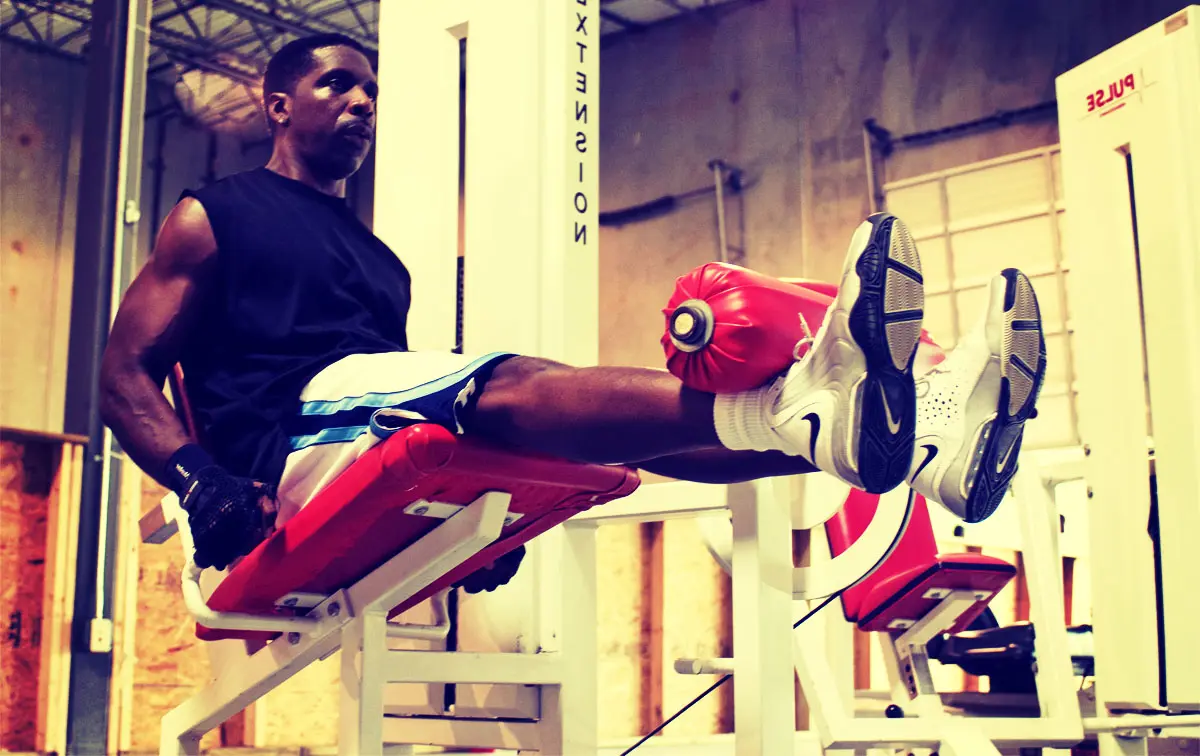


Isolating the quadriceps allows you to train a weak point without taxing your body as much as a front squat.
I recommend a medium weight with a higher 12 to 15 rep scheme. This is going to increase your muscle endurance, maintain a higher time under tension, and allow you to squeeze a little bit more power out of your legs.
6.) Good Mornings
Good mornings are extremely effective at building a bigger squat, although I don’t recommend performing these if you are a new lifter. You should have a solid grasp of the fundamentals of lifting weights before you add these to your routine.
Good mornings are one of the single most dangerous exercises to perform and you can cause injuries if you do not use proper form. While it may look like you are simply bending over with a barbell on your back, it is not.
When performed correctly, this exercise can make your lower back bulletproof, increase posterior chain strength, slam your obliques and abs, and will increase your power output.
7.) Split Squats
Splits squats and their many variations can help improve single-leg strength and build some lean mass on those chicken legs. Building strength through single-leg exercise variations allows us to iron out any asymmetrical strength differences we have.
If you want to squat more, these small asymmetrical differences can be the difference between a good lift or a failed lift.
As a bonus, split squats also create a HUGE demand on the stabilizers of the hip.
By improving both the function and strength of these stabilizers, we can improve our hip stability, which subsequently improves our ability to produce force. This can lead to massive increases in squat strength, particularly if you rarely perform single-leg exercises.
8.) Leg Press
The leg press is not a squat replacement like many lifters like to say. They can help build leg strength, but they lack in every other way to a squat.
Instead of trying to be Instagram famous by quarter-repping 1,000 pounds, use this machine to build lower body mass. A larger muscle has more potential to produce force, so hypertrophy training on the leg press is important.
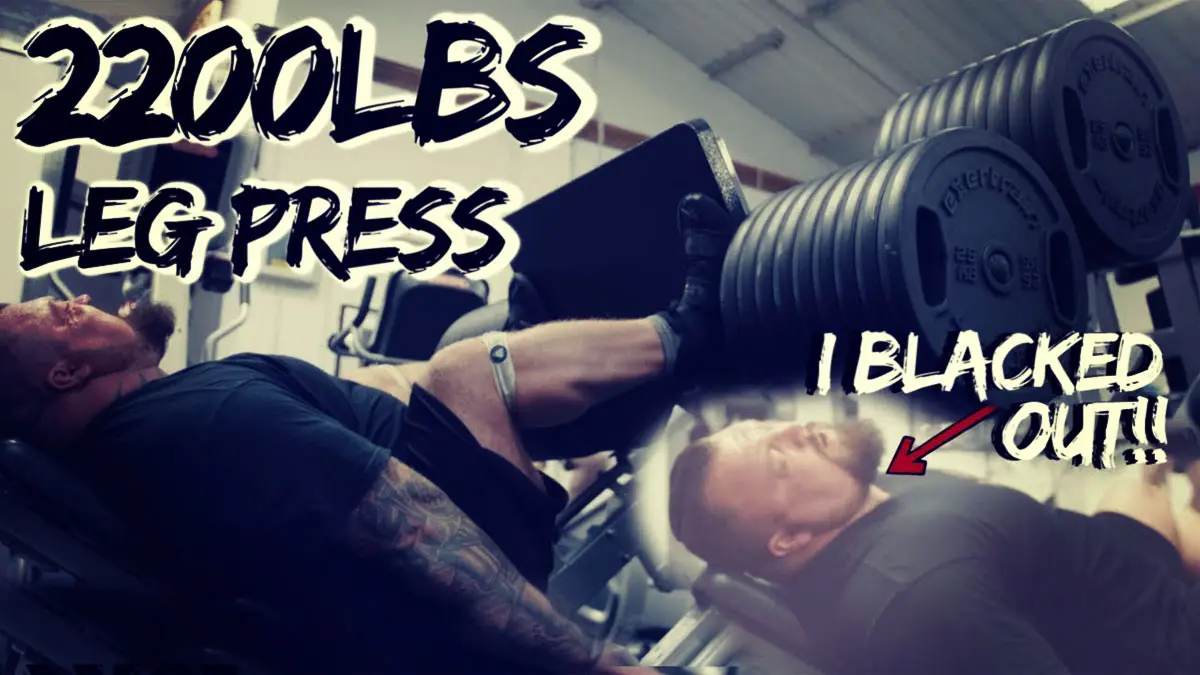


Improving your leg press strength doesn’t directly correlate to a bigger squat, but the extra muscle mass and endurance can help. Squatting requires both physical strength and the metabolic and neuromuscular coordinating factors — or your ability to coordinate proper muscle usage.
9.) Front Squat
Another quad killer is the front squat. If you thought barbell back squats were hard, try putting the bar on your delts and chest.
Front squats are great at building massive quads, improving glute strength and recruitment, and will push your core to its limit. If you’re ever watched Olympic weight lifting, you will see the lifters’ quads are like tree trunks.
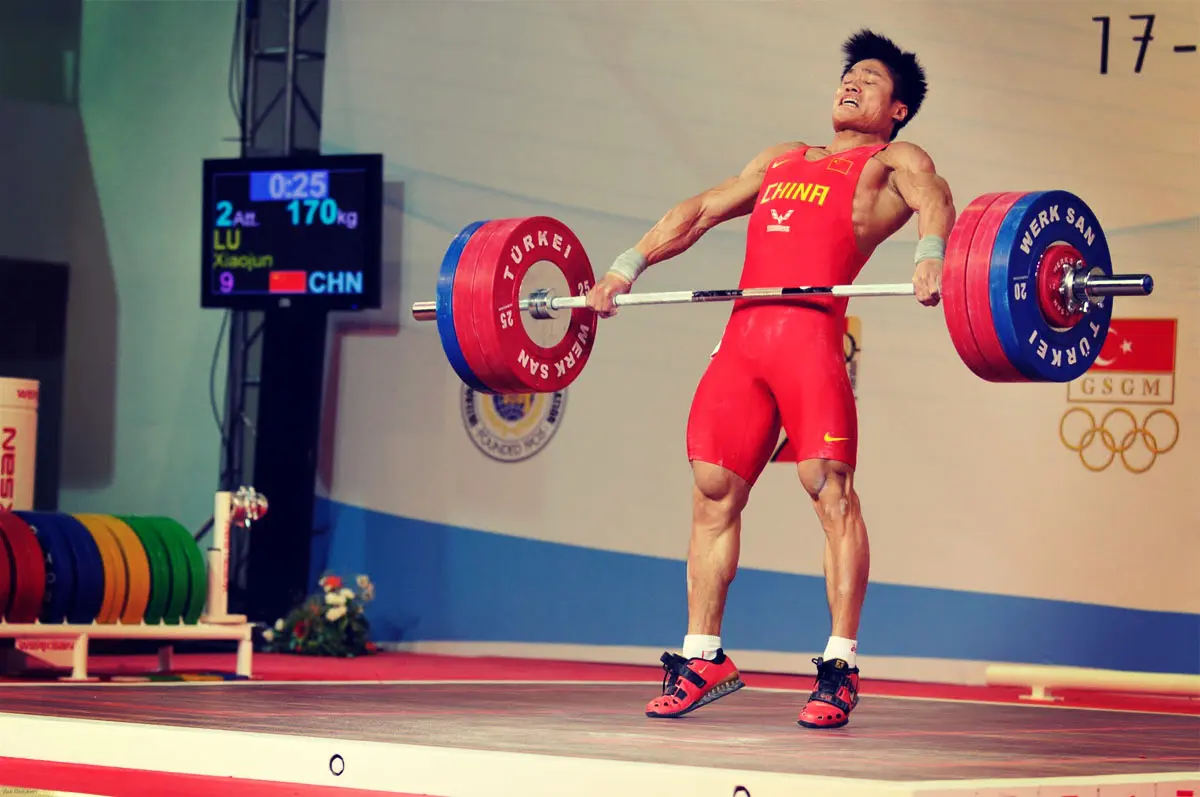


With the weight on the front of your shoulders instead of the back, your body will have a more upright posture — making this a spine-friendly lift. This exercise can take some getting used to because bar placement can be a bit cumbersome.
Below is an article on performing front squats properly:
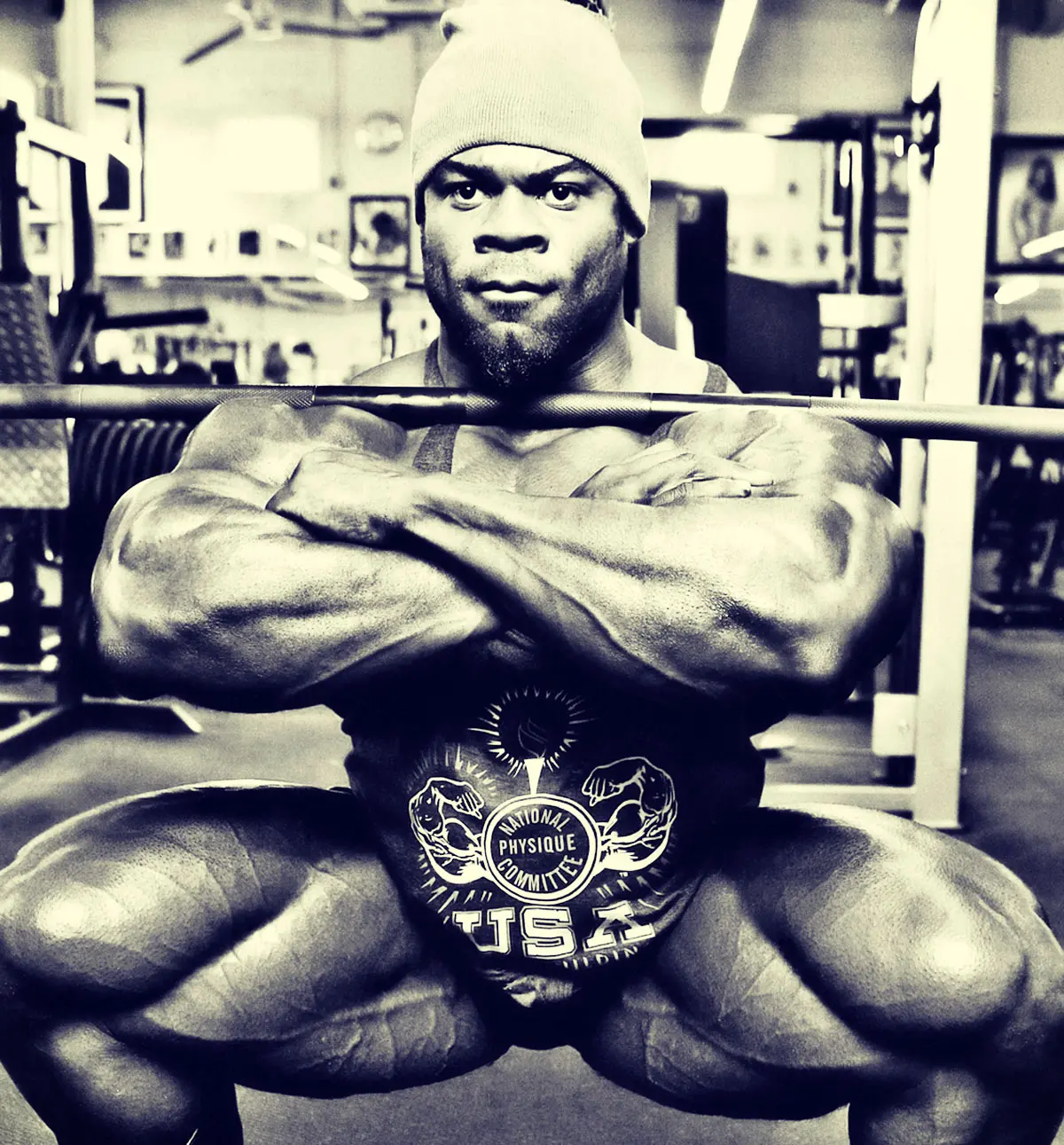


Front squats can improve your mobility and research suggests that front squats performed properly can be easier on your knees than barbell back squats.
Lastly, if you’re having issues with form or finding a reasonably comfortable bar placement, you can perform front squats with dumbbells or kettlebells.
10.) Deadlifts
Probably my favorite exercise, deadlifts can help you build more strength to perform heavy ass squats.



Deadlifts train a lot of the same muscles as a squat, and deadlift variations can hammer out weak points so you can squat heavier.
If you already regularly deadlift, I invite you to try a few different options:
- Perform deadlifts at a lower weight, produce as much force as possible, and let the weight come to a dead stop before lifting again. This is a great time to get form practice in.
- Sumo deadlifts help target your hips, glutes, and quads while training your body to remain erect.
- Deficit deadlifts can help improve mobility, increase your deadlift, and increase your power out of the hole of a squat.
- Rack pulls allow you to overload muscles due to a shorter range of motion. Set the rack so your deadlift starts just under your knee.
Putting It All Together
I’ve given you 10 different exercises you can incorporate into your program to improve your squat… but now what?
To get the best use of any of these exercises, you need to learn how to perform them and you need to train the right set and rep range.
Below are a couple of lower body workouts that you can incorporate into your current routine or you can try out my suggestions.
Don’t have a workout routine yet? Check out this 4-day powerlifting routine for beginners.
Below are some examples of your set and rep scheme for each exercise:
| Exercise | Sets | Reps |
|---|---|---|
| Glute Ham Raise | 3 | 10 |
| Paused Squats | 4 | 12 |
| Box Jumps | 4 | 4 |
| Barbell Hip Thrusts | 3 | 12 |
| Leg Extensions | 4 | 15 |
| Good Mornings | 4 | 8 |
| Split Squats | 4 | 8 |
| Leg Press | 4 | 15 |
| Front Squat | 3 | 12 |
| Deadlifts | 3 | 12 |
Bonus Tip: Eat More
Eating enough food to allow your body to recover and rebuild is important. If you are trying to cut weight and drastically improve your squat numbers, you’re going to have a bad time.
Try eating muscle-building foods that promote growth and eat a few hundred extra calories of nutritious food daily. The extra calories and nutrition will make a huge difference in your strength and performance.



Don’t be like me and smash 5 McChickens a day for a week leading up to your powerlifting meet. I had more strength than I ever, but it is not a healthy way to achieve it.
Did you find value in this article? Check out the related posts below for more!


